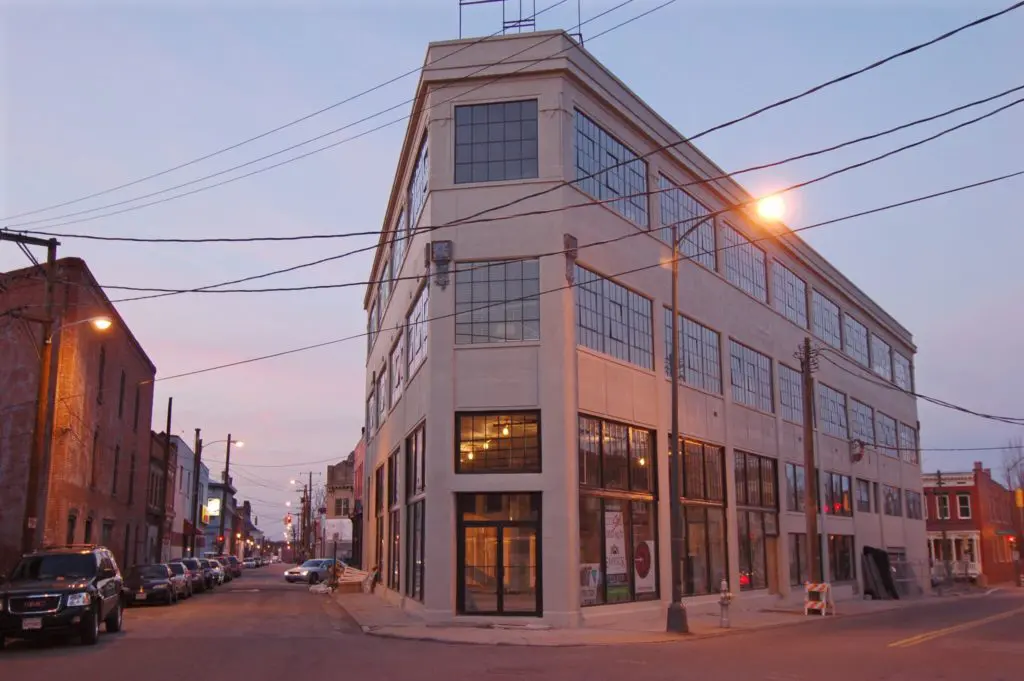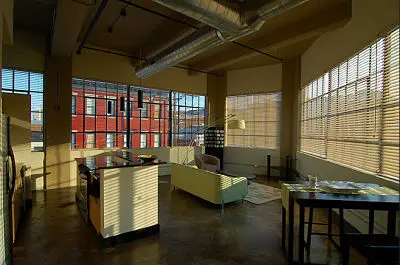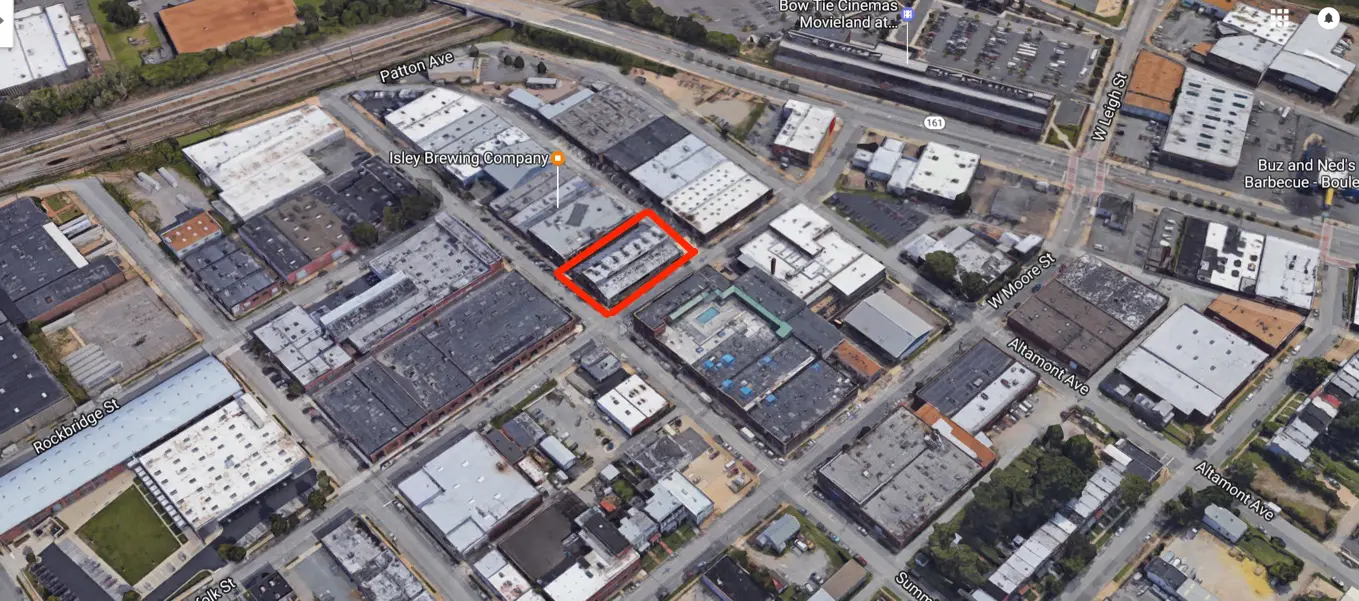In late 2016, I got a call from an agent who wanted to show a loft we had for sale in Manchester.
The Decatur Condos, an Architectural Digest level renovation of a century old warehouse, was – and still is – one of my favorite properties I ever represented. I was always happy to show it and tell its amazing story.
The Tour

The agent and client showed up at the appointed hour and we toured the property. The client was relocating from out of town and wanted an upscale, urban loft. Knowing the property and the Manchester neighborhood as well as I did, I was able to shed a lot of light on both the development trends and the Downtown condo market, especially in the districts where the small supply of upscale lofts existed.
The tour went well and we left with, ‘Ok, cool. Let me know what questions you have.’
I followed up several times with the agent over the course of the next several weeks, all to no avail, and eventually figured that they had found something else.
The Call
About a month later, I got a call from the client who had toured.

She was impressed by our knowledge of the loft condo market and wanted to engage us as her representative. She was coming back to town soon and wanted us to set up some tours.
We were obviously happy to oblige, but the supply of upscale loft condos is relatively small. Finding the perfect industrial condo loft was going to be a challenge.
And this is where the story gets fun.
Knowing the Market
One of the first projects One South represented in the Downtown revitalization movement was a project called the Emrick Flats. Located near Broad Street in the Jackson Ward neighborhood, Emrick was one the first authentic industrial flats in Richmond. The concrete structure, highlighted by soaring ceiling heights, walls of windows, and private roof decks was located in the heart of Jackson Ward’s revitalized Arts District.

The Perfect Fit
Knowing the project as well as I did, I also knew which owners might be willing to sell, despite not actually being on the market.

One of the best units in the building was situated in the southern tip and was one of a handful of spaces with rooftop access. Furthermore, the owners had purchased the adjacent unit and combined the spaces in an extremely well done contemporary renovation.
The most important detail? The owners had just had their first child, indicating that they might be willing to make the move.
A call was made.
A price as established.
The client toured.
A contract was written.
A settlement occurred shortly thereafter.
It was perfect.
The Value of the Right Agent
In most cases, the value that is added to a transaction by an agent is less about finding a property and more about navigating the process and knowing what to do when issues arise. The available stock of properties is published on a thousand different real estate websites for the world to see, so clients tend to be as integral to finding the properties they buy as the agents do.
But when the perfect property is not for sale and the agent can make it appear, then their contribution to the process becomes almost priceless.
In this case, a combination of detailed market knowledge, a deep personal network and simply paying attention to our clients’ unique circumstances made all the difference. We were obviously thrilled for everyone that we could put this together.
At the end of the day, the agent you choose matters greatly, regardless of what Zillow and Trulia might have you believe. Despite all of their information, the online search sites simply don’t know what a true professional agent knows.
We were glad to be able to put our inside knowledge to work for our client.







